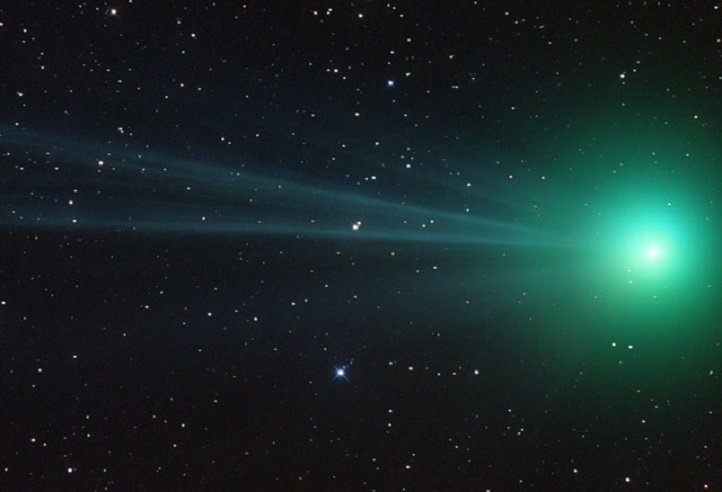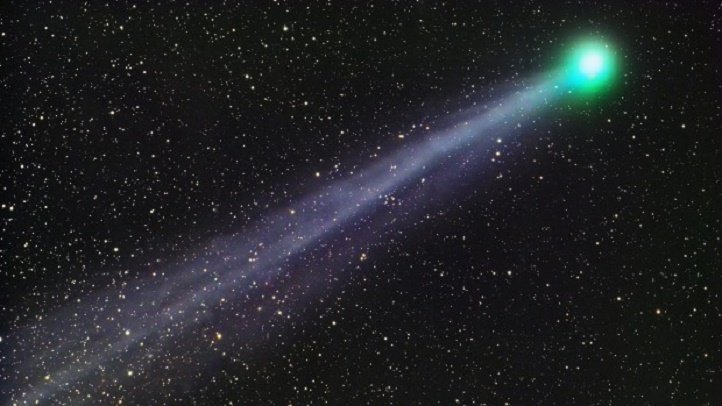Have you ever dreamed of a starry place where booze and sugar flow freely? Rejoice! Your dreams have become a reality.
Yes, Comet Lovejoy is living up to its name and is releasing as much as 500 bottles of wine every second into space, scientists have found. This discovery marks the first time ethyl alcohol, the same type in alcoholic beverages, has been observed in a comet, researchers said.

The discovery gives more substance to the evidence that comets could have been a source of the complex organic molecules necessary for the emergence of life, they said.
“We found that comet Lovejoy was releasing as much alcohol as in at least 500 bottles of wine every second during its peak activity,” said Nicolas Biver of the Paris Observatory, France, lead author of a research paper published in journal Science Advances.
The team found 21 different organic molecules in gas from the comet, including ethyl alcohol and glycolaldehyde, a simple sugar.
Comet Lovejoy (formally catalogued as C/2014 Q2) was one of the brightest and most active comets since comet Hale-Bopp in 1997. On January 30, 2015, Lovejoy passed closest to the Sun, when it was releasing water at the rate of 20 tonnes per second.

It was also observed by the team that the atmosphere of the comet around that time was brightest and most active. They also observed a microwave glow from the comet using the 30-meter diameter radio telescope at Pico Veleta in the Sierra Nevada Mountains of Spain.
Some researchers think that comet impacts on ancient Earth delivered a supply of organic molecules that could have assisted the origin of life and this latest discovery of complex organic molecules in Lovejoy and other comets gives support to this hypothesis.
“The result definitely promotes the idea the comets carry very complex chemistry,” said Stefanie Milam of NASA’s Goddard Space Flight Centre in Greenbelt, Maryland, a co-author on the paper.

















